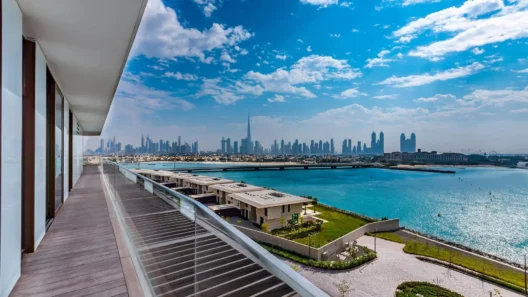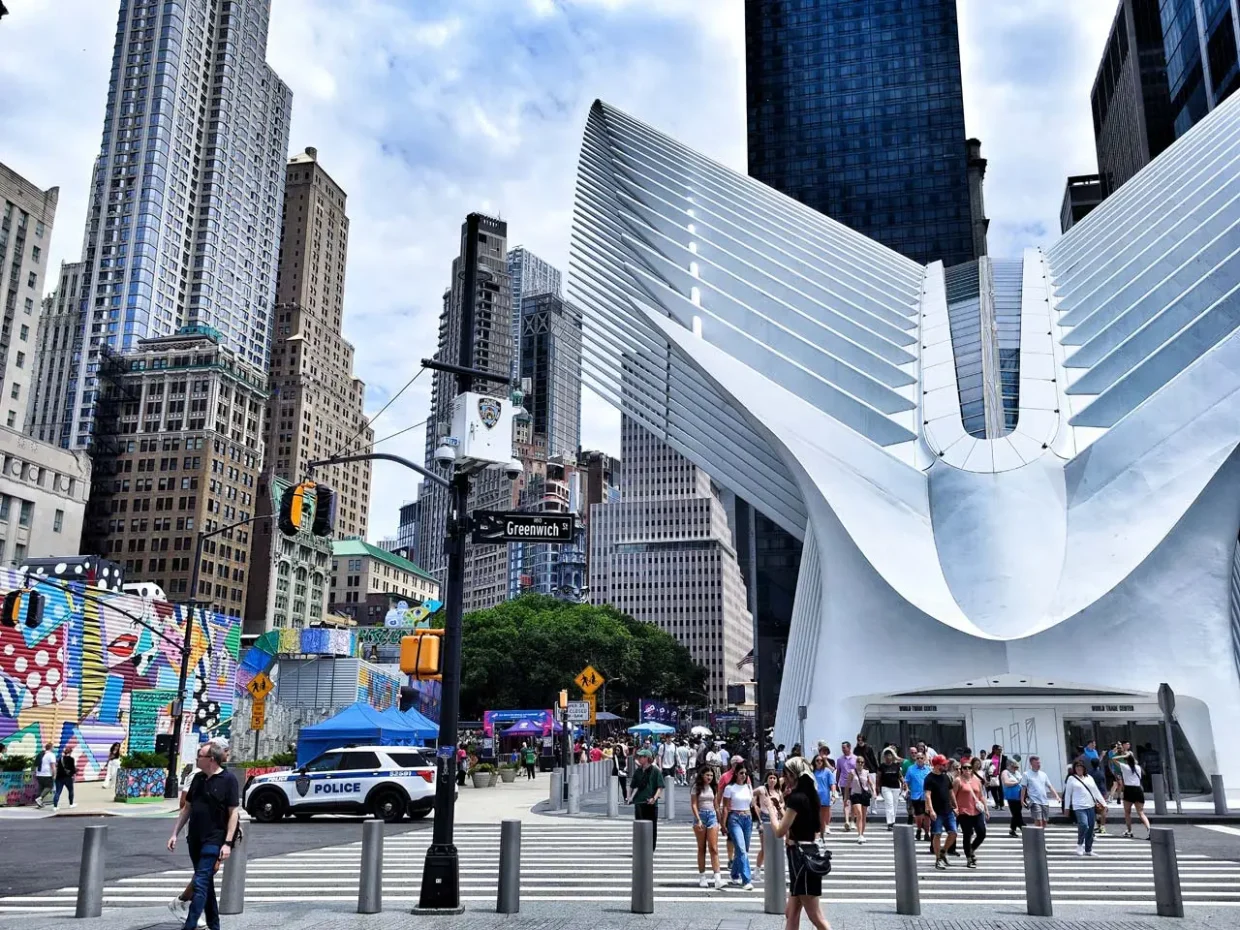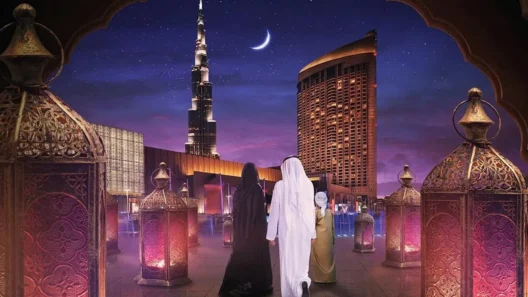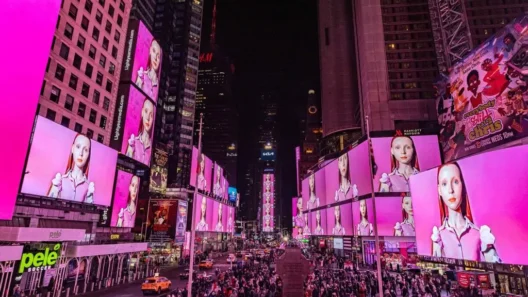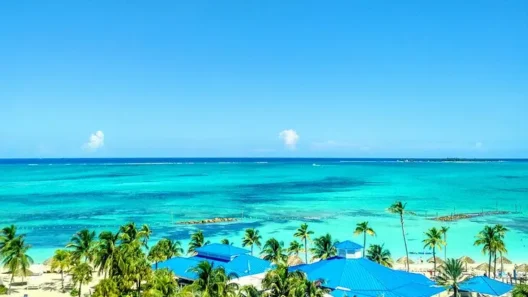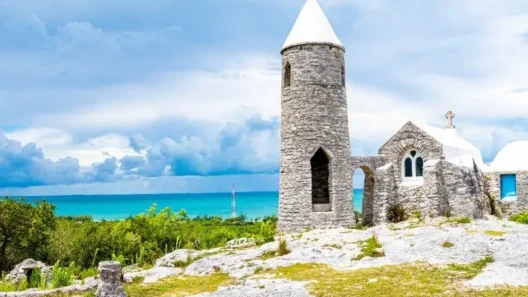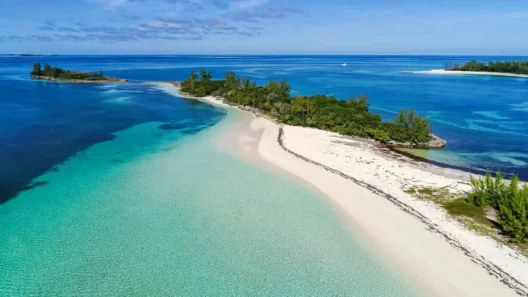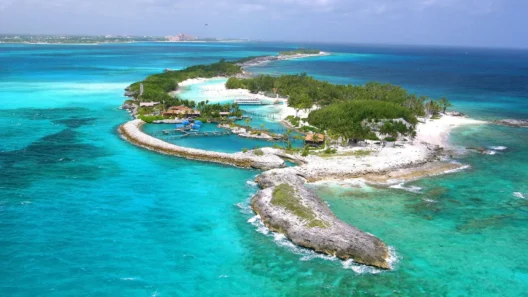Manhattan has always felt like a living storybook to me—each neighborhood its own chapter, with unique characters, moods, and unforgettable moments. It’s a place where you can stand surrounded by futuristic glass towers one moment and find yourself reading a book under centuries-old trees the next. This is a city that never stops evolving, and yet somehow holds onto every layer of its past.
What’s in a Name? More Than You’d Think
The name “Manhattan” has deep roots. It comes from the language of the Lenape people, the island’s original inhabitants. Their word “Manna-hata” or “Manaháhtaan” is often translated as “island of many hills” or “island where we get things.” Either way, it hints at something rich and full of promise—something this island still represents to millions today.
A Neighborhood for Every Mood
Even though Manhattan covers just about 23 square miles, it packs in an astonishing range of experiences. Downtown, you’ve got Wall Street—the financial brain of the planet—just steps from the peaceful views at Battery Park. Head a bit north and you’re in Greenwich Village, with its indie cafés, NYU buildings, and street musicians echoing through Washington Square Park.
SoHo and Chelsea are all about art and trendiness. Midtown pulses with tourist energy, with icons like Times Square, the Empire State Building, and Rockefeller Center all competing for your gaze. The Upper East Side oozes classic wealth and old-world elegance, while the Upper West Side is full of family life and academic vibes—home to Columbia University and the Lincoln Center.
Up in Harlem, music is in the bones of the streets. It’s the heart of Black culture in New York, with deep ties to jazz, gospel, and civil rights history. Every block has its own rhythm—and trust me, you’ll feel it.
From Hunters to Skyscrapers: A Timeline That’ll Blow Your Mind
Before there was concrete, there were canoes. The Lenape people lived off the land here, fishing and farming long before the Dutch arrived in 1624 and named their settlement Nieuw Amsterdam. According to legend, they “bought” the island for goods worth $24—hard to imagine now.
By 1664, the British took over and renamed it New York after the Duke of York. George Washington took his first presidential oath here in 1789. The city grew, transformed, and welcomed millions of immigrants through Ellis Island in the 19th and early 20th centuries.
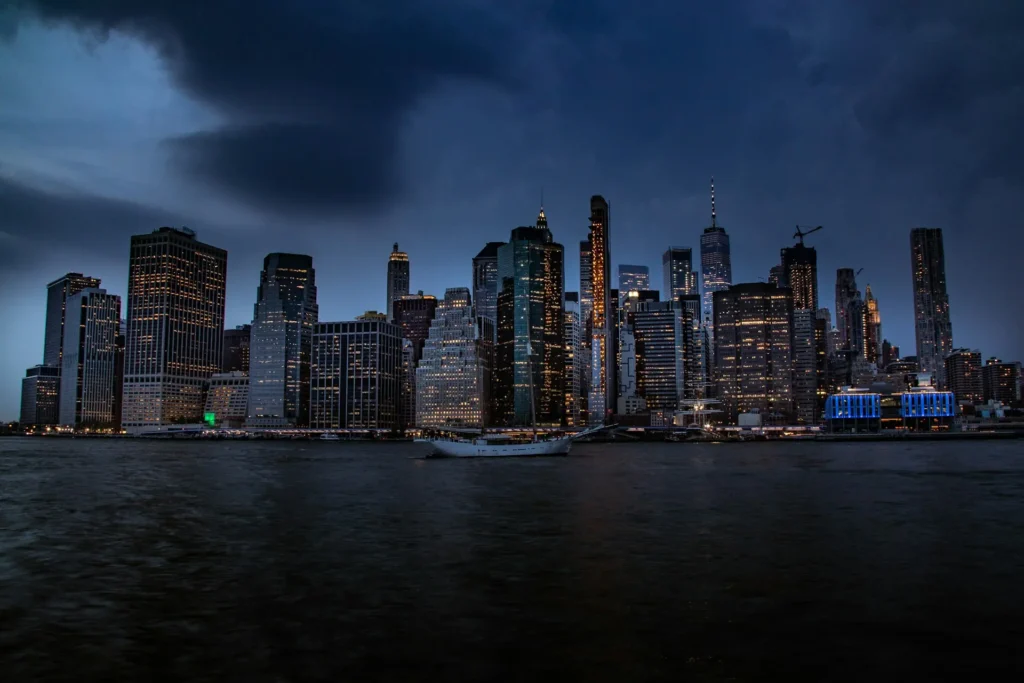
Then came the skyscrapers. The industrial boom, the Great Depression, jazz, Broadway, political protests, Wall Street crashes—it all happened here. Manhattan never just watched history; it made it.
The Buildings That Shaped the Skyline
Flatiron Building. Chrysler Building. Empire State Building. These aren’t just names—they’re architectural love letters from different eras. The Flatiron (1902) with its unmistakable wedge shape, the Chrysler (1930) with its shiny Art Deco crown, and the Empire State (1931) that stood as the world’s tallest building for decades—they all give Manhattan its soul.
Mid-century modernism added its stamp too. Think Seagram Building (1958), all glass and steel minimalism. Then came the Twin Towers of the World Trade Center in the ’70s, and later, One World Trade Center, which now stands as a beacon of resilience.
If you want something ultra-modern and unconventional, check out The Vessel in Hudson Yards or the slender Steinway Tower—currently the skinniest skyscraper on Earth.
Not Just Height—But Heart
Sure, Manhattan is all about going up. But sometimes it’s the grounded places that stay with you.
Grand Central Terminal is pure Beaux-Arts magic, with its constellation ceiling that stops you mid-step. The New York Public Library, flanked by its iconic lion statues, radiates timeless wisdom. And the Brooklyn Bridge, completed in 1883, connects not just boroughs, but centuries.
Need a Breather? Head for the Green
Manhattan might be made of steel, but it breathes through its parks. Central Park is the green soul of the island—843 acres of nature, trails, lakes, and stages that change with the seasons.
High Line is something else entirely—a transformed old rail line turned elevated park. It’s part garden, part art gallery, and totally New York. Then there’s Riverside Park along the Hudson River, with unbeatable sunset views.
Battery Park down south gives you Statue of Liberty views, while Bryant Park and Madison Square Park feel like tiny sanctuaries where locals escape for lunch breaks and live jazz.
Stories in Every Brick: The People Who Lived It
Some of the world’s most iconic figures walked these streets. Theodore Roosevelt was born here. John Lennon lived and died here. Frank Sinatra sang about it. Andy Warhol painted it. Robert De Niro co-founded the Tribeca Film Festival to bring life back after 9/11.
This isn’t just a place people visit—it’s a place that shapes who they become.
Hidden Gems and Alternative Views
Beyond the famous landmarks, Manhattan has its secrets. Roosevelt Island is a peaceful sliver of land between Manhattan and Queens, reachable by a cable car with panoramic views. Trinity Church near Wall Street is a Gothic surprise in the middle of modern finance.
Little Italy still holds whispers of its immigrant roots, especially around Mulberry Street. Chinatown is a sensory dive into another world—with dumplings, herbal shops, and red lanterns guiding your way.
Know Before You Go: Tips for Exploring Manhattan Like a Local
- Use the subway: It’s not pretty, but it’s fast and efficient. Skip the yellow taxis unless you’re in a rom-com.
- Walk as much as possible: The city’s built for it. Wear comfy shoes and keep your head up—there’s magic in the details.
- Go for the views: Yes, the observation decks are stunning. But rooftop bars and Brooklyn Bridge offer incredible (and sometimes free) alternatives.
- Eat local: Step away from chains and explore food trucks, street vendors, mom-and-pop shops. That’s where the real flavor lives.
Culture Is in the Air
You can’t walk through Manhattan without stumbling into some kind of performance, gallery, or cultural flashpoint. Broadway is the crown jewel, but it doesn’t stop there. Museums like MoMA and the Met, jazz clubs in Harlem, poetry readings in the Village—this city is culture.
And if you love books like I do, the Strand Bookstore is your happy place. Miles of shelves. Books piled to the ceiling. Pure bliss.
Manhattan: Dream and Reality
This place doesn’t pretend to be perfect. It’s loud, fast, sometimes overwhelming—but it’s real. It challenges you, moves you, inspires you. It holds dreams and failures side by side. And somehow, it welcomes everyone.
In Manhattan, the past and the future are always holding hands. And that’s why it never gets old.

